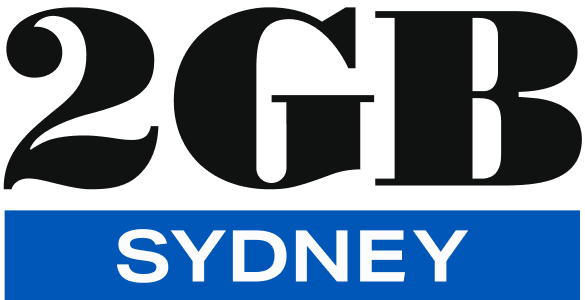NSW Budget: Everything you need to know about the ‘biggest cash splash in years’

The NSW Budget has been handed down in what is described as the “biggest cash splash in years”.
In the lead-up to the budget, the government announced more than $40 billion in new spending.
The NSW Government is setting the stage for the state’s prosperity, delivering a transformational budget that will aim to secure a brighter future by offering support for families and businesses.
2GB State Political Reporter Clinton Maynard told Deborah Knight there will be a bigger deficit next year.
HEALTH
- A $4.5 billion boost is set to help the struggling health sector in efforts to recruit more than 10,000 nurses, doctors, and other staff to the state’s hospitals and health services.
- More than $740 million will be spent on improving palliative care as well as $883 million to attract and retain health workers in rural and remote areas of NSW.
WOMEN, CHILDREN, EDUCATION
- A whopping $16.5 billion is set to be spent over 10 years in order to “break the barriers” to create more opportunities for women and children.
- Women experiencing symptoms of menopause will have access to specialist hubs offering care under a $40.3 million program.
- Affordable and accessible childcare will be created.
- A ‘back to school’ voucher of $150 per child will help with the costs of school supplies for Term 1 next year.
COST-OF-LIVING PRESSURES
- Payroll tax rates returned to pre-COVID levels.
- First home buyers will have the choice of paying up-front stamp duty or an annual land tax.
- $2.8 billion will be spent to help more families find homes.
- An extra $728.6 million will be set for tax reform to help people own their first home.
ELECTRICITY
- $1.2 billion is set to be spent in order to establish the Transmission Acceleration Facility.
- The facility will allow investments in the electricity system and build renewable energy zones.
FAST RAIL VISION
- A $500 million commitment will bring faster rail a step closer, along with quicker and more reliable connections between Sydney, the Central Coast and Newcastle.
For a full analysis click PLAY below















